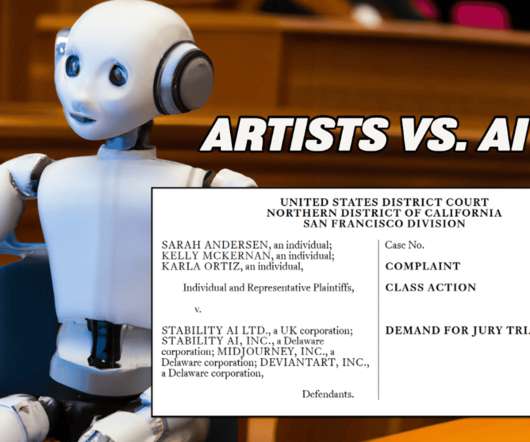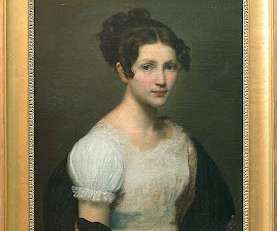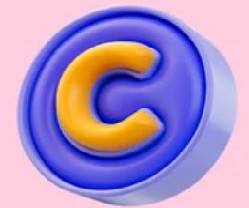Artists Attack AI: Why The New Lawsuit Goes Too Far
Copyright Lately
JANUARY 23, 2023
Stable Diffusion Doesn’t Store Copies of Training Images The complaint also mischaracterizes Stable Diffusion by asserting that images used to train the model are “stored at and incorporated” into the tool as “compressed copies.” None of it includes copies of images. You’d be wrong.













Let's personalize your content